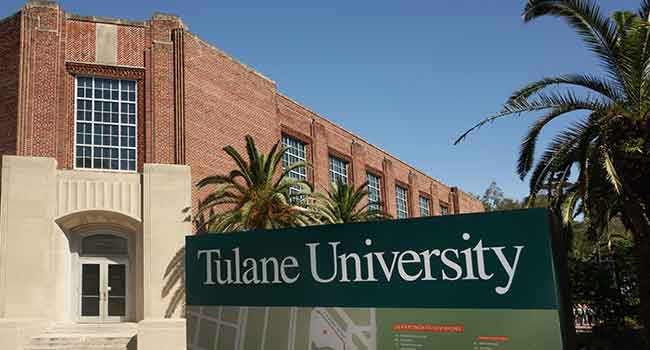
Tulane University Transitioning to New Emergency Notification System
Tulane University will begin using Everbridge as its emergency alert system June 28.
- By Jessica Davis
- June 24, 2019
Tulane University is changing its emergency notification system to Everbridge instead of Rave Alert. The university will use Everbridge to keep students, faculty and staff informed and safe during emergencies or crises.
Tulane will begin using Everbridge on June 28. According to Donald Veals, Tulane’s emergency and preparedness response manager, all students, faculty and staff will be automatically enrolled in the notification system.
The school’s emergency preparedness and response team can use Everbridge’s mass notification ability to send important updates to the university community in case of an emergency or threat. Users will receive notifications via phone call, text message and email.
In addition to notifications via call, text and email, the Tulane community is encouraged to download the free Everbridge smartphone app to receive emergency push alerts.
Students can use the Everbridge app to send check-in notifications to campus security if they find themselves in a dangerous situation, like walking alone across the campus at night. If the student doesn’t send a check-in notification by the time the app estimates they’ll arrive at their destination, the Tulane Police Department will be alerts and dispatched to the student’s last known location to make sure they’re safe.
The Everbridge app also has a panic button that can be pressed to send an SOS request to the Tulane University Police Department.
Tulane students, faculty and staff will receive an email June 26 with information about the launch and instructions on how to download the app.
About the Author
Jessica Davis is the Associate Content Editor for 1105 Media.